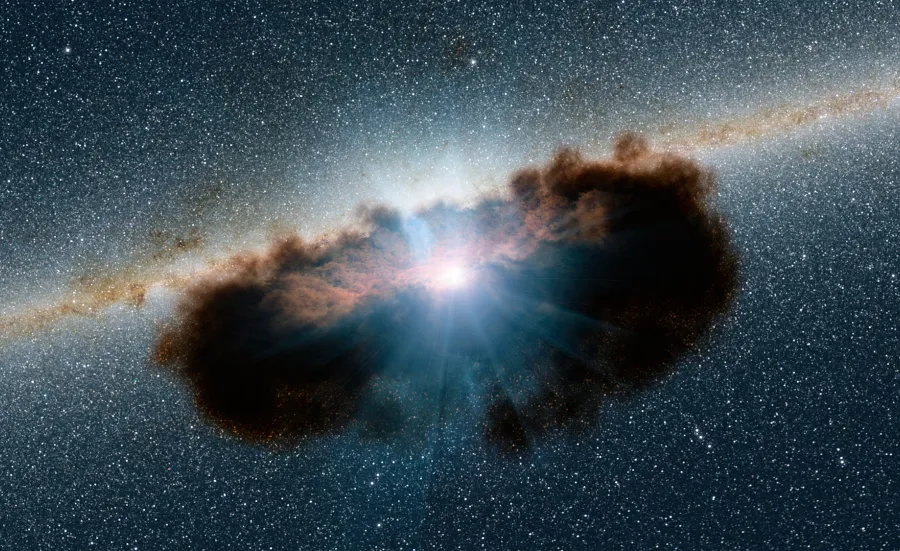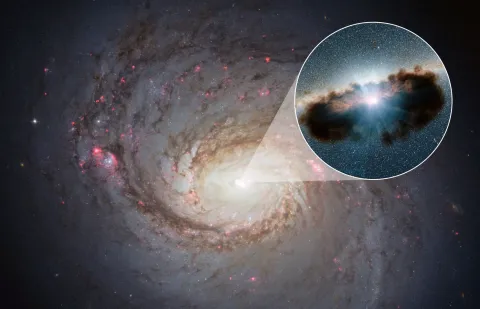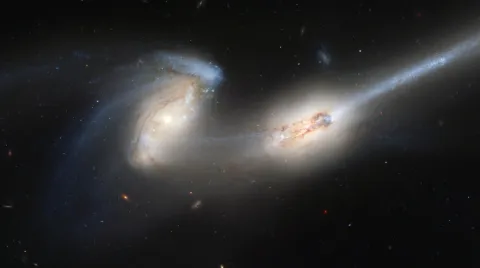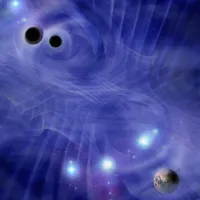Astronomy Group

We study space and cosmic phenomena above the Earth’s atmosphere. We use observations of the heavens to better comprehend our place in the Solar system, to improve our understanding of the origin and growth of galaxies, extreme objects such as black holes, and the universe itself.


